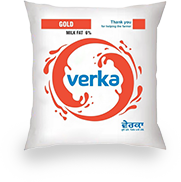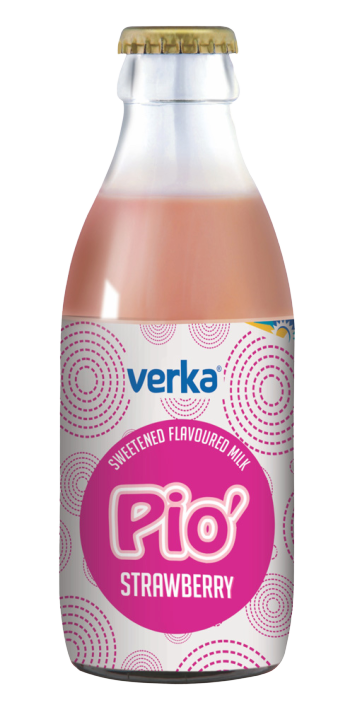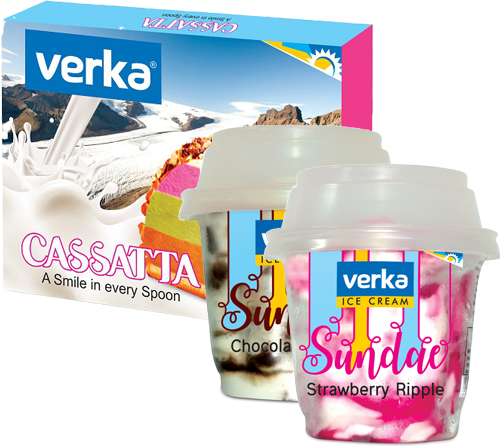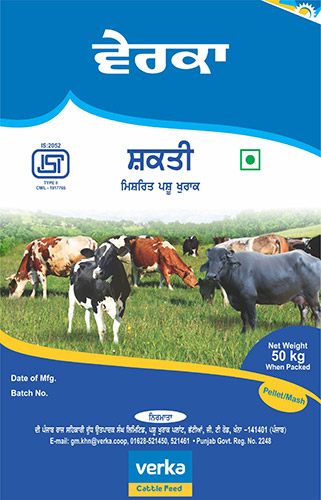Silage Making: Nutritious Meal for Nutritious Yield!

Increase in the cost of concentrate feed ingredients and their limited availability, green fodder is considered an economical source of nutrient for dairy animals. Scarcity of water seasonally and at times due to failure of monsoon, results in scarcity of fodder for long duration.
Importing fodder and even straw at high price increases the cost of production of milk; making the activity unviable. Therefore, during the lean period it is important to ensure the regular supply of green fodder to the animals by conserving the green fodder and by increasing the production per hectare of land. In order to ensure regular supply of fodder throughout the year, conserving green fodder in the form of silage is one of the best options available.
Silage is the conserved green fodder having moisture content ranging from 65 to 70 percent. Fodder crops rich in soluble carbohydrates are incubated after chaffing for 45-50 days under anaerobic conditions. Sugars present in the fodder are converted to lactic acid, which acts as a preservative and a good source of readily fermentable sugars for the rumen microbes.
The fodder crops, such as Maize, Sorghum, Oats, Pearl millet, and hybrid Napier rich in soluble carbohydrates are most suitable for fodder ensiling. Quality of silage can be improved with the use of suitable additives such as molasses, urea, salt, formic acid etc.
In order to fulfil shortage of green fodder, Milkfed has started community based silage pits in Kandi area of Hoshiarpur and Gurdaspur, which are solely dependent on rains. The Federation has constructed 50 silage making pits at Milk Producers Cooperative Society Level. Equipped with fodder chaffing machines, this scheme preserves available green fodder as silage.
The objective of this scheme is to enhance milk production in the Kandi area by minimizing the cost of production by ensure availability of green preserved fodder in the form of silage during scarcity period.
A dairy cow is fed depending on the body weight or generally be given about 6kg to 35kg of silage per day. It is advisable not to feed silage immediately before or during milking especially when the quality is poor as the milk can easily take the smell of the feeds. During these times, a cow can be fed fresh grass, hay, legumes and concentrates. After feeding silage, the bunks and corners of the feeding troughs should be cleaned immediately to prevent contamination.





























